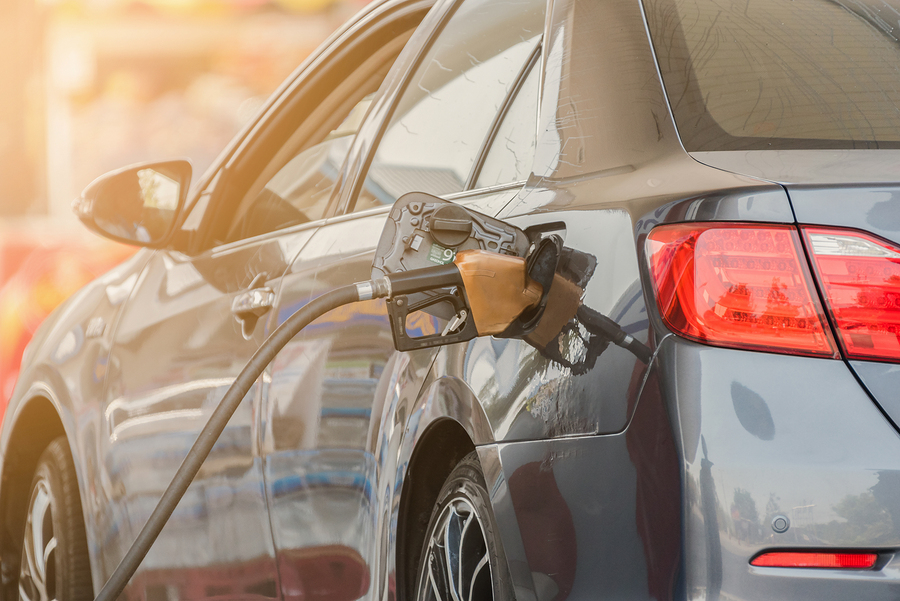The UK government have announced nearly £9 million of funding for a scheme to introduce hydrogen-fuelled police cars and taxis as part of a larger effort to decarbonise UK roads.
A grant of £8.8 million from the government will be combined with £13.1 million raised by private investors and other sources, making a total of almost £22 million available to the scheme, which should see a fleet of almost 200 zero-emission vehicles used nationwide.
While that works out at £110,000 per car, it’s important to also recognise that the scheme will pay for hydrogen refuelling stations to be built up and down the country to keep the vehicles topped up – the single largest investment into expansion of hydrogen fuelling infrastructure ever made in the UK.
Steps towards the future

The current investment is not an isolated event, but part of a move towards reduced carbon in British transport and business in general, while also funding essential infrastructure that will allow future generations of vehicles to run on fuels not already widely available at petrol station forecourts.
Roads minister Jesse Norman said: “Decarbonising our roads is an essential part of meeting our climate targets. The innovative new technologies involved present great opportunities for our increasingly low-carbon economy.
“Hydrogen has huge potential, especially for those making longer journeys and clocking up high mileage. That is what makes this project truly exciting. Not only is it demonstrating the technology in action, but it is also developing the refuelling infrastructure needed for the future.”
How do hydrogen vehicles work?
Hydrogen vehicles can be refuelled in a similar way to petrol or diesel engines, but emit only water from the exhaust, avoiding the harmful carbon and nitrogen emissions associated with conventional combustion engines.
Inside, they work similarly to electric vehicles, but instead of needing lengthy recharging from a mains supply, the hydrogen from the fuel tank passes through a fuel cell stack, and this generates the required electricity onboard.
They can be refuelled from any hydrogen filling station in minutes – no lengthy waits plugged into an electricity supply at a service station – and have relatively good range, making them a good zero-emission option for longer drives.
Are hydrogen vehicles the future?

Hydrogen vehicles certainly have several strong credentials that could make them a good contender as a future engine technology, including the long-distance range, rapid refuelling and only-water emissions.
Like hybrid electric vehicles that also have a petrol tank onboard, there’s no reason why we couldn’t eventually see vehicles that use a hybrid of mains charged and hydrogen fuel electricity to cover journeys of all different ranges.
This latest investment is substantial and should significantly increase the availability of forecourt hydrogen refuelling points – an important step if the technology is going to be taken up by private vehicle owners nationwide, rather than fleet operators who can refuel back at base.
That just leaves the question of whether a nation of water-emitting vehicles would mean more rainy days – but compared with the effects of carbon-induced climate change and nitrogen emissions, that might be a preferable price to pay.
